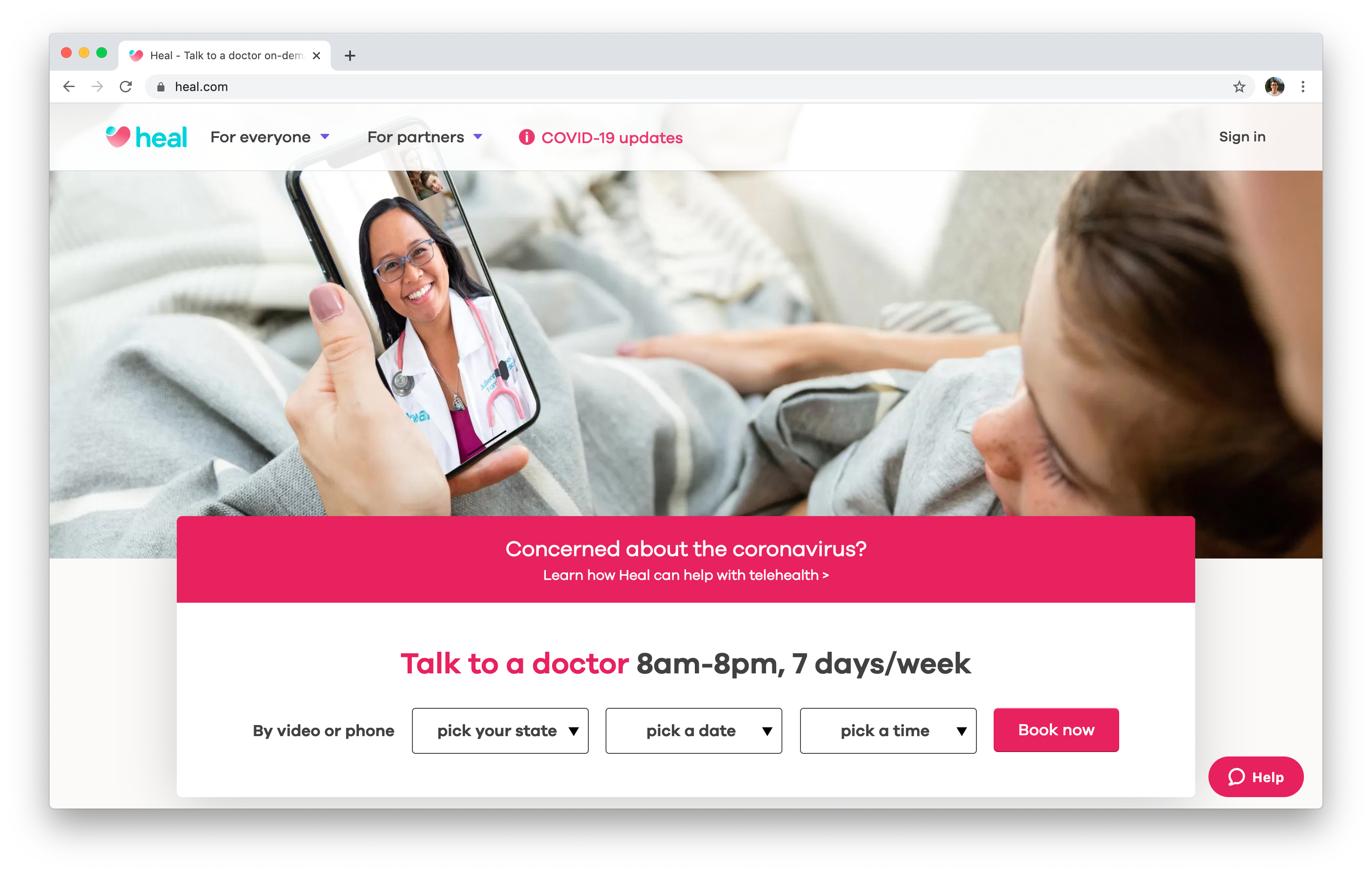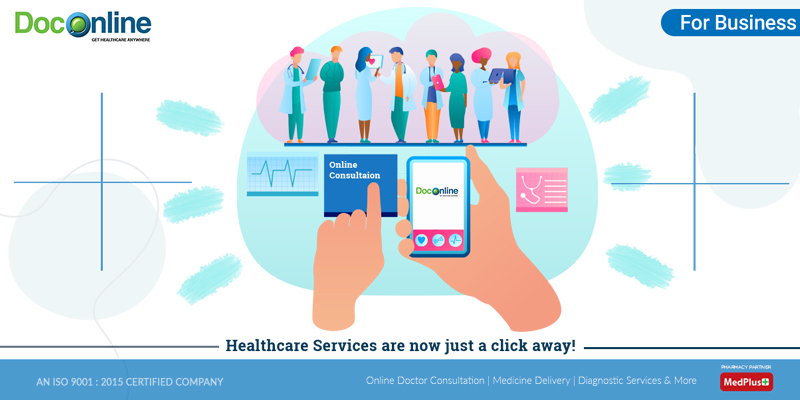How Subscription Based Healthcare is Transforming Patient Access to Services
How Subscription Based Healthcare is Transforming Patient Access to Services
Blog Article
The Increase of Subscription-Based Medical Care and Its Effect On Person Treatment
As health care evolves, the subscription-based version is obtaining grip, guaranteeing to transform individual care by supplying predictability and availability. These versions, which bypass standard insurance coverage, might redefine the patient-doctor dynamic, stressing preventive and tailored treatment. Yet, as with any innovation, they present difficulties, particularly worrying equitable gain access to for all socioeconomic groups. The possibility for these designs to reshape medical care distribution increases pressing questions about their long-term sustainability and inclusivity. Are these registration solutions the future of medical care, or do they run the risk of leaving vulnerable populations behind? The details of this change warrant a closer evaluation.
Recognizing Membership Medical Care Designs
Grasping the idea of registration healthcare versions involves taking a look at a transformative method to medical solutions that emphasizes cost and access. These designs, often referred to as straight health care (DPC) or attendant medicine, have become cutting-edge options to typical fee-for-service healthcare systems. Registration healthcare enables individuals to pay a set monthly or annual charge for a specified set of medical services, which may consist of endless office sees, regular exams, and standard lab tests, without the need for conventional insurance policy payment.
The framework of subscription healthcare designs is created to simplify person treatment by removing third-party payers and intricate billing codes, thereby decreasing administrative problems. Health care carriers can concentrate extra on patient treatment, cultivating more powerful patient-provider partnerships. This design additionally advertises preventative treatment by urging normal check outs, as the monetary challenge of per-visit fees is eliminated.
The subscription design usually equips healthcare companies to handle smaller sized patient panels, permitting for even more tailored treatment. It aligns financial motivations with individual health and wellness outcomes, as service providers are motivated to keep individual fulfillment and well-being. Overall, recognizing membership health care models calls for identifying their prospective to improve exactly how care is supplied and accessed.
Benefits for Suppliers and clients

For carriers, subscription-based versions supply the opportunity to deepen patient-provider relationships. With a steady profits stream, medical care specialists can commit even more time to every individual, bring about an extra thorough and personalized care experience. This version additionally lowers dependence over individual quantities, minimizing exhaustion and enhancing work complete satisfaction. The focus on precautionary care within registration strategies can lead to better patient end results and decreased long-term medical care expenses. By focusing on constant care, providers can resolve problems before they rise, eventually profiting the health care system as a whole by lowering the problem on emergency and intense care solutions.
Concerns and obstacles
While subscription-based health care versions existing numerous benefits, they likewise feature a set of difficulties and worries that must be attended to. Availability continues to be a substantial issue, as these models typically target people that can manage month-to-month costs, possibly leaving out low-income populaces. This elevates moral inquiries concerning fair accessibility to medical care solutions. Furthermore, the diverse nature of membership strategies can cause complication amongst individuals pertaining to coverage specifics, possibly causing unmet assumptions or insufficient care.
Financial sustainability of subscription-based versions is one more concern. Companies should balance the set revenue from memberships with the variable costs of healthcare solutions, which my latest blog post may vary due to unpredicted medical needs. This can develop pressure to restrict services or increase charges, potentially influencing individual fulfillment and care top quality.
Additionally, governing oversight of subscription-based health care models is still progressing. The lack of standard structures can cause inconsistent service top quality and liability, making complex initiatives to make sure individual protection. Lastly, the assimilation of innovation-- frequently a cornerstone of look at here now these models-- questions regarding information privacy and protection, as delicate individual information could be prone to breaches. Resolving these difficulties is important for the effective and fair implementation of subscription-based medical care.
Effect on Patient-Doctor Relationships
One substantial influence of subscription-based health care versions on patient-doctor connections is the potential for enhanced continuity and individualized care. By taking on a registration version, physicians can manage a smaller individual panel, permitting even more dedicated time with each individual. This raised accessibility promotes a deeper understanding of a person's case history, way of life, and choices, allowing more tailored therapy plans and interventions.

Nonetheless, it is necessary to identify that while subscription-based versions might benefit those who can afford them, they might accidentally broaden medical care differences. People who are incapable to participate in these models might experience reduced accessibility to customized care, potentially affecting their relationships with healthcare carriers. Hence, while the registration model provides appealing benefits for patient-doctor connections, it also presents challenges that need to be addressed to guarantee fair healthcare access.
Future of Healthcare Access

The function of innovation can not be overlooked in this change. Telemedicine systems and electronic health records assist in smooth interaction in between patients and health care providers, breaking down geographical and logistical obstacles. Furthermore, innovations in fabricated knowledge and data analytics can even more individualize healthcare by predicting individual needs and optimizing therapy strategies.
Nonetheless, the future of medical care gain access to likewise offers difficulties, such as making certain equity throughout different socio-economic teams. Policymakers and medical care service providers must work together to bridge the electronic divide, making certain that subscription-based models stay inclusive and affordable. As these systems mature, they hold the assurance of making medical care much more accessible, effective, and patient-centric.
Verdict
Subscription-based medical care designs are improving patient treatment by supplying a steady cost framework and improving ease of access. The rise of subscription-based health care encourages proactive patient involvement, which has the prospective to boost patient outcomes and contentment, signifying a transformative shift in medical care shipment.
As healthcare advances, the subscription-based model is acquiring traction, assuring to reinvent client care by providing predictability and access.Subscription-based medical care designs use distinct benefits for both patients and suppliers, boosting the overall health care experience.As medical care systems progress, the future of healthcare accessibility regularly pivots on the assimilation of cutting-edge versions and technologies.Subscription-based medical care designs are improving individual treatment by offering a stable cost framework and improving access. The increase of subscription-based medical care encourages proactive person involvement, which has the prospective to boost client results and complete satisfaction, signaling a transformative shift in medical care delivery.
Report this page